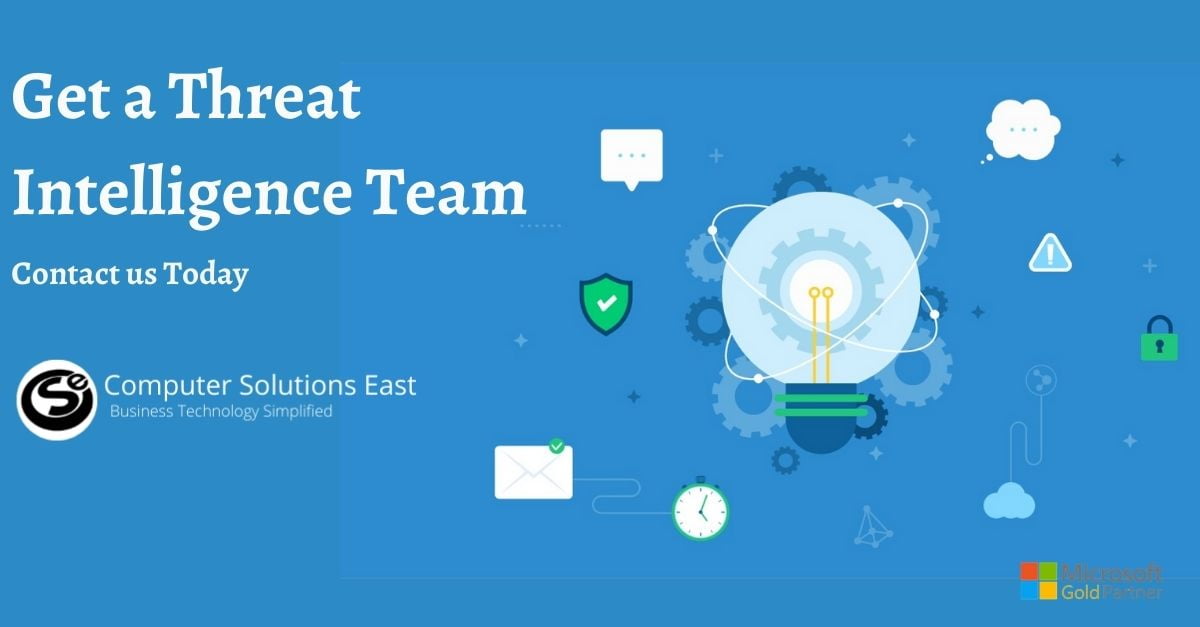Future of Serverless Computing: 5 Key Features
Amazon Web Services (AWS) came up with a new cloud service called Lambda – a serverless computing platform – a couple of years ago, introducing the “serverless” computing model. Even though it has become popular, many in the IT industry can still be unfamiliar with managed services cloud computing services.
For IT professionals who are new to serverless, this blog explains and visualizes the subject, covering:

- Not misinterpreting the term “serverless.”
- Serverless on a napkin
- Comparing serverless to other computing paradigms
- The serverless ecosystem
- The serverless sweet spot
So please read on to learn more about serverless.
1. Not misinterpreting the term “serverless.”
Many think that the term “serverless” is deceptive. This is because code must always run on a computer. It is not, however, the server in the case of serverless.
The cloud service provider (CSP) manages all of the low-level infrastructures for you when you use serverless. The servers aren’t visible (even though they’re somewhere).
This is why there are no servers to handle from your viewpoint, which is why it’s called serverless. There has been a lot around this term amidst the managed services cloud computing. Some people tried to adjust it to Functions-as-a-Service (FaaS), a more accurate representation, but it didn’t catch on.
But now, it is labeled as “serverless.” There’s also a series of global virtualized conferences taking place right now.
2. Serverless on a Napkin
There are five basic steps to comprehend how serverless operates under the hood, but first, the headline – serverless is an incident compute paradigm.
It works as follows:
- You write and upload your code
- Defining the triggers
- An event that triggers your code
- Code performing the desired action
You can do this manually by logging into AWS when using Amazon cloud computing services, but it will be part of an automated DevOps pipeline in practice. This is integrated with other AWS services, including S3 storage, Dynamo databases, and SQS queues. You might try drawing this strategic direction of being serverless on AWS, depending on how large enough your napkin is when it comes to covering your cloud security.
To go beyond the napkin, go to the Serverless Platform and use the site’s excellent content to delve deeper into the subject.
3. Comparing Serverless to other Computing Paradigms
Over time, companies can use the cloud computing service offering for the following purposes:
- Cloud services to pass power to CSPs.
- Lesser batch sizes to minimize the range of change and increase the pace of change;
- Smaller facilities at all scales at low cost.
4. The Serverless Ecosystem
Now, what do you exactly need when you are looking to go “serverless”? Since serverless is at the cutting edge of technology, it’s always a mixed bag, and it’s evolving all the time with the help of managed services cloud computing. The following is a list of some of the most popular serverless options:

5. Getting to the serverless spot
All isn’t going to be serverless, and that’s a good thing because there are certain usage cases where it’s not feasible. The time it takes for your code to complete from the time it is activated to the time it completes is latency in the managed services cloud computing. Depending on how CSPs load and run the code, this can differ.
Unchanging, remote servers code may be “unloaded” or “spun down,” but because it must be reloaded and “spun up,” this results in increased latency with cloud computing service offerings when the code is running.
When considering serverless, a reasonable rule of thumb to follow is that the more sensitive and regularly accessed your code is, the easier (at high levels) it may be to run it on dedicated hardware elsewhere, with you managing the server.
Here are some application forms that fall into the serverless sweet spot:
- Internal systems administration – replacing CRON scheduling with Lambda in a commercial ticketing system
- Business to consumer (B2C) – managing spiky load in a commercial ticketing system
- IoT and Robots are using serverless technology.


